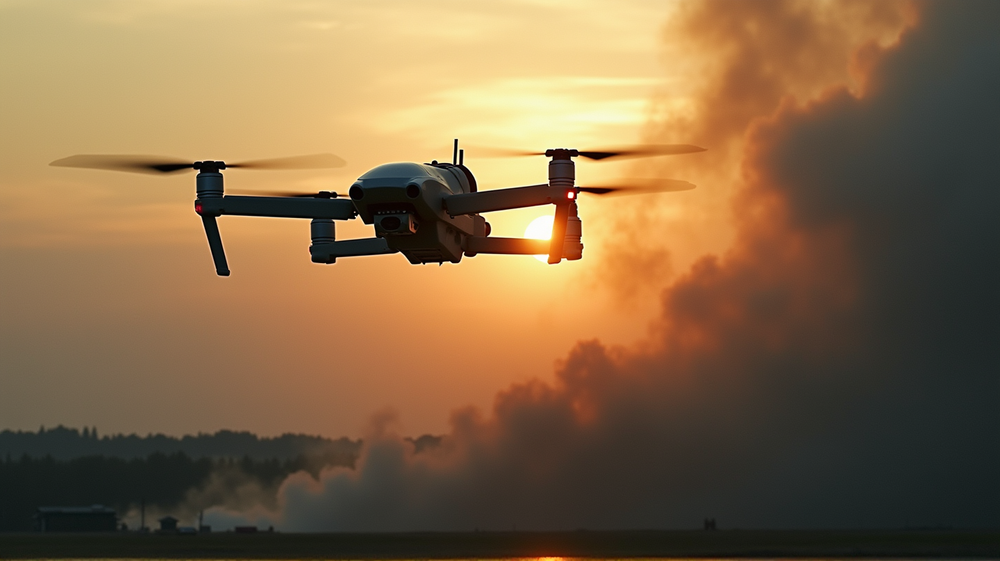In a move that captivated global attention, Ukrainian intelligence officials have launched what is believed to be the most audacious attack on Russian soil since the onset of warfare between the two nations in 2022. In what has been termed Operation “Spiderweb,” the operation saw Ukraine target 41 strategic Russian aircraft, showcasing a new level of tactical reach.
Operation Spiderweb Unfurled
The high-stakes offensive unfolded at Belaya Air Base, nestled in Siberia’s Irkutsk region, some 3,000 miles from Ukraine. This long-range operation underscores Ukraine’s evolving drone technology’s potential to disrupt deeply embedded centers of Russian military infrastructure. According to the Kyiv Independent, the seamless execution saw drone pilots maneuvering aircraft from afar, methodically striking Russian bombers.
Driving the Offensive Narrative
Ukrainian President Volodymyr Zelensky emphasized the importance of these maneuvers in safeguarding national sovereignty and independence. He remains closely engaged with security forces to ensure continued resilience. Andriy Yermak, a key figure in Ukrainian governance, accentuated the operation’s strategic ingenuity with a simple, yet symbolic, emoji.
Bridging Innovations and Impact
A pivotal aspect of this operation is the revelation of Ukraine’s innovative aerial technology. Earlier reports suggested the development of a new cost-efficient drone capable of covering nearly 2,000 miles. While clarity on its utilization in this technical expose remains opaque, the strategic implications cannot be overlooked.
Casualties and Subsequent Developments
Tragedy accompanied triumph as reports emerged of fatalities following a catastrophic train derailment in Russia’s Bryansk region—events shadowed by the bridge collapse. Amid these updates, Russia’s defense ministry alleged Ukrainian losses without substantial evidence, injecting yet another layer of complexity into the situation.
According to upi, the unfolding events mark a transformational moment in the Ukraine-Russia conflict, heralding new discussions on warfare’s changing dynamics and the relentless march of technological warfare innovation.












